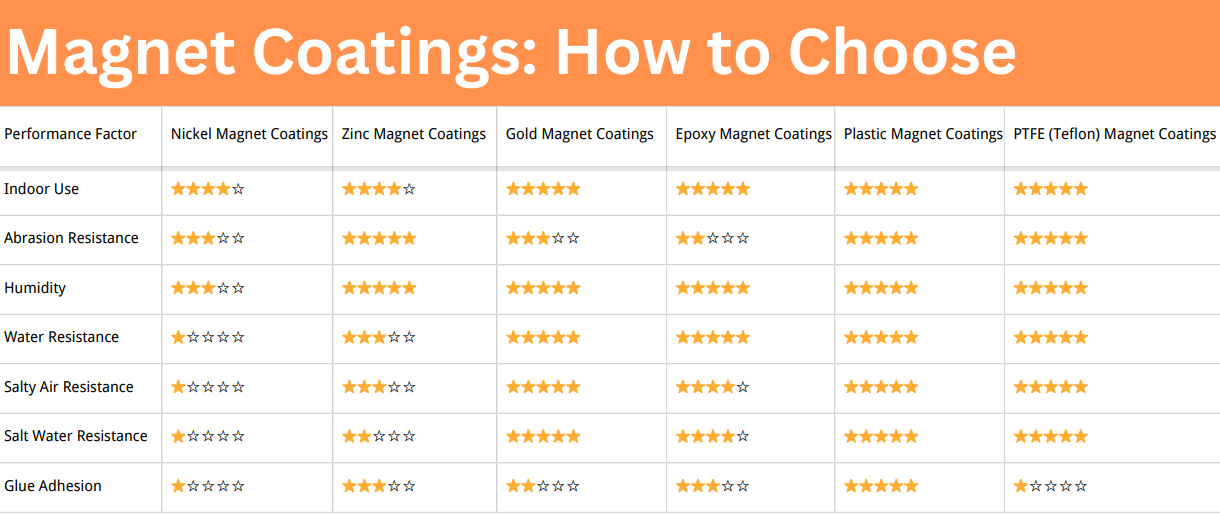AlNiCo Magnet 101
Developed in the 1930s, AlNiCo Magnet is the earliest developed permanent magnet material in history. It is an alloy composed of aluminum, nickel, cobalt, iron, and other trace metal elements. Before the discovery of rare earth permanent magnets in the 1970s, AlNiCo alloy was the strongest permanent magnet. However, with the advent of ferrite permanent magnets and rare earth permanent magnets successively, AlNiCo permanent magnets were gradually replaced in many applications, with a decreasing proportion.  AlNiCo Magnet 101
AlNiCo Magnet 101
Classification of AlNiCo Magnets
The AlNiCo permanent magnet materials have low mechanical strength, high hardness, brittleness, and poor workability. Therefore, they cannot be designed as structural parts. AlNiCo permanent magnet materials can only be processed by a small amount of grinding or EDM and forging and other mechanical processing cannot be used. AlNiCo Magnets are mainly produced by the casting method. In addition, the powder metallurgy method can also be used to make sintered AlNiCo magnets, but their performance is slightly lower than cast AlNiCo magnets. The production process of Cast AlNiCo Magnets: batching → melting → casting → heat treatment → performance testing → mechanical processing → inspection → packaging. The production process of Sintered AlNiCo Magnets: batching → pulverizing → pressing → sintering → heat treatment → performance testing → mechanical processing → inspection → packaging. Cast AlNiCo magnets can be processed into different sizes and shapes, while sintered AlNiCo magnets are mainly small-sized products. The dimensional tolerance of the product blank produced by the sintering method is better than the product blank produced by the casting method, and their magnetic performance is slightly lower, but their workability is better.
Performance and Application of AlNiCo Magnets
The advantage of AlNiCo magnets is high remanence (up to 1.35t), while their disadvantages are very-low coerce (usually less than 160kA/m) and nonlinear demagnetization curve. Therefore, AlNiCo magnets are easily magnetized and are also easily demagnetized. When designing and manufacturing the magnetic circuit of a device, pay special attention to the particularity of the AlNiCo magnet. The magnet must be stabilized in advance, and it is strictly forbidden to contact any ferromagnetic substance during use, to avoid local irreversible demagnetization or distortion of the magnetic flux density distribution. Among permanent magnet materials, cast AlNiCo permanent magnets have the lowest reversible temperature coefficient. Alnico magnets have good temperature stability and aging stability and are suitable for making instruments, motors, electroacoustic devices, magnetic machinery, etc.
Conclusion
Thank you for reading our article and we hope it can help you to have a better understanding of the AlNiCo Magnets. If you want to know more about AlNiCo Magnets or other types of magnets, we would like to advise you to visit Stanford Magnets for more information. Stanford Magnets is a leading magnet supplier across the world, that has been involved in R&D, manufacturing, and sales of permanent magnets and non-permanent magnets since the 1990s. It provides customers with high-quality ceramic magnets, Samarium Cobalt magnets, AlNiCo magnets, and neodymium magnets at a very competitive price.














